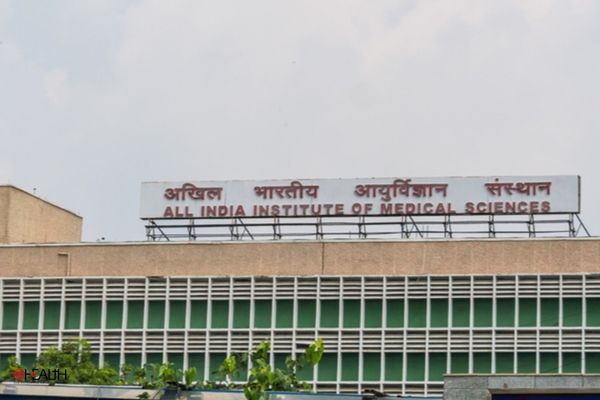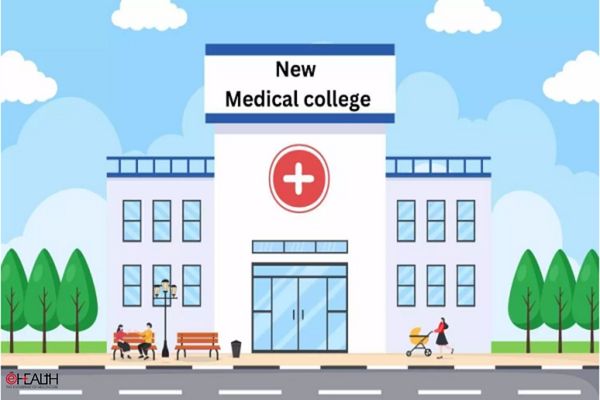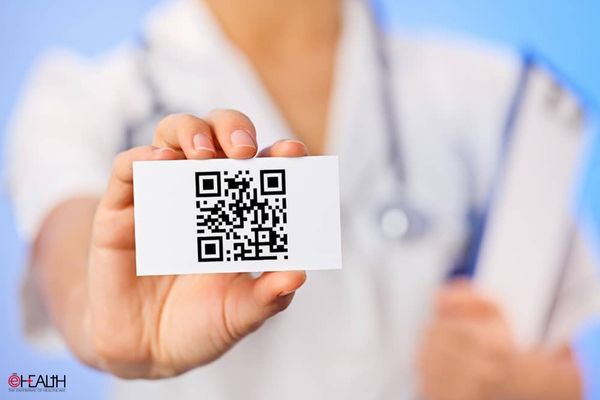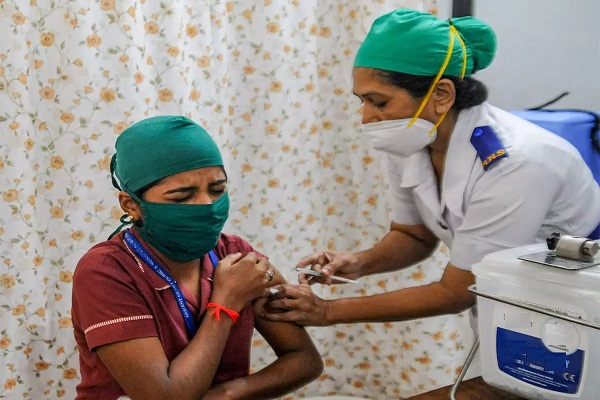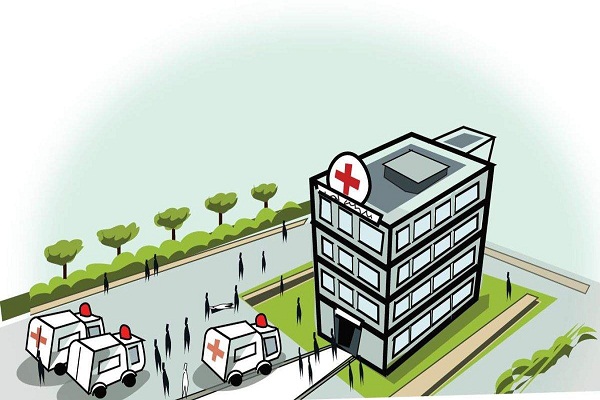It is like an image from outer space. But this eerie picture is the way of the future where parents and their unborn baby are brought face to face. Just like the iconic picture from the 1968 film 2001: A Space Odyssey, future ultrasounds will spring to life bringing the mother and her child closer than ever before. One of the world’s leading medical technology companies, Philips Healthcare, is developing the ultrasound imagery. It is yet to set a release date but it could be within the next five years. The amazing vision is created by using current 3D technology. Philips Healthcare business manager ultrasound Ian Schroen said it was an exciting time for parents. “There is instant recognition of a growing baby,” he said. “The patient can grasp a better understanding of their foetus.” Taking ultrasounds into the future, Philips believes parents will be removed from a clinical environment and transported into a relaxed, ambient atmosphere where they can view images of their baby with family and friends. Only three years ago, the medical world was heralding the arrival of 3D and 4D technology, which transformed ultrasounds, enabling doctors to detect abnormalities such as facial clefting. “This is taking it one step further as we can really get the depth,” Mr Schroen said. “This isn’t purely cosmetic but will enable the the patient and doctor to grasp any abnormality and have a better diagnosis.” But a leading obstetricians yesterday denied the company’s claims, saying the future images would be of no benefit for diagnostic purposes. Relying on a belt that lies across the woman’s belly, ultrasonic waves are transmitted to create the image, which is bounced on to a wall giving the appearance of being inside the womb. It will allow parents to watch the foetus develop in detail including the ability to view the chambers of the heart, spinal cord, fingers and toes. While it won’t be every parents’ choice, Philips and doctors expect it will be in high demand, following the success of 3D/4D ultrasounds. Dr Andrew McLennan, of Royal Australian and New Zealand College of Obstetrics and Gynaecologists, said the technology was fascinating. “Obviously it would be useful to convey something to patients about their foetus compared to a 2D image which is hard for the parent to understand,” he said. “This technology is fantastically interesting but I can’t see it improving any diagnosis capabilities beyond what the 3D and 4D scans can now.”

Be a part of Elets Collaborative Initiatives. Join Us for Upcoming Events and explore business opportunities. Like us on Facebook , connect with us on LinkedIn and follow us on Twitter , Instagram.


